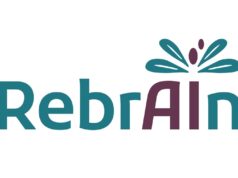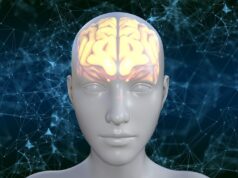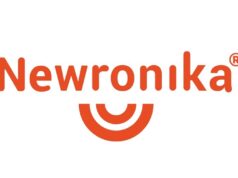 Evidence in support of the motion that asleep surgery improves the therapeutic window for deep brain stimulation (DBS) when compared to awake surgery, has been published in the journal Neuromodulation. “Our study provides the first evidence for improvement of the therapeutic window by asleep surgery, […] which can be strengthened further by directional DBS,” write the authors of the study, Farhad Senemmar and colleagues from Heinrich-Heine University Düsseldorf, Düsseldorf, Germany.
Evidence in support of the motion that asleep surgery improves the therapeutic window for deep brain stimulation (DBS) when compared to awake surgery, has been published in the journal Neuromodulation. “Our study provides the first evidence for improvement of the therapeutic window by asleep surgery, […] which can be strengthened further by directional DBS,” write the authors of the study, Farhad Senemmar and colleagues from Heinrich-Heine University Düsseldorf, Düsseldorf, Germany.
The authors argue that the effect of anaesthesia type in terms of asleep versus awake DBS surgery on the therapeutic window of the modality has not been investigated so far, and remains an unmet need. Thus, they sought to examine whether asleep DBS surgery of the subthalamic nucleus improves the therapeutic window for both directional and omnidirectional DBS stimulation in a large single-centre population.
A total of 104 consecutive patients (75 male) with Parkinson’s disease undergoing subthalamic nucleus DBS surgery (80 asleep; 24 awake) were compared in terms of therapeutic window, therapeutic threshold, side effect threshold, improvement of Unified Parkinson’s disease Rating Scale motor score (UPDRS-III), and degree of levodopa equivalent daily dose (LEDD) reduction.
Senemmar and colleagues reported that asleep DBS led to a “significantly wider therapeutic window” compared to awake surgery, for both directional and omnidirectional DBS. “However,” they note, “directional DBS further increased the therapeutic window compared to omnidirectional in the asleep group only.” They add that clinical efficacy regarding improvement in UPDRS-III and LEDD reduction did not differ between groups.
Though the investigators acknowledge that the focus of the study was the therapeutic window, which takes into account stimulation-induced side effects; providing a more suitable outcome measure compared to a pure motor scoring system, they write that the advantages of a wider therapeutic window for real-life programming still needs to be confirmed in further long-term studies.
Discussing their findings, Senemmar and team state that “at first sight, this result may be surprising”. They propose that awake surgery usually allows for intraoperative testing of both therapeutic threshold and side effect threshold, which should lead to optimal therapeutic window postoperatively.
Thus, the authors note that several aspects need to be taken into consideration explaining the difference between both groups.
“First of all, asleep DBS may lead to higher accuracy with regard to the preoperative image-based targeting. It is proposed that higher precision in asleep surgery may be achieved by reduction of brain shift.”
They add that they feel it is also important to mention that, in contrast to other centres, their team in Germany also use microelectrode recording in asleep surgery after reduction of anaesthesia, which is similar to a controlled general anaesthesia technique.
They write: “It is possible that in our patients, microelectrode recording and clinical testing for capsular side effects were already sufficient to determine the optimal target for implantation and further clinical testing had no additional impact. Moreover, given the fact that the therapeutic window was smaller in the awake group, clinical testing could have even had a negative impact.
“One has to take into account that adequate clinical evaluation of slight changes of muscle tone, oculomotor function, or speech […] in the operation room—with the patient off medication for more than 12 hours—can be challenging even for an experienced neurologist specialised for clinical monitoring of DBS surgery.
“Finally”, they assert, “the mere fact that the patient undergoes clinical testing in the awake state can already lead to placebo effects leading to better intraoperative clinical outcome that may not be confirmed postoperatively.”












